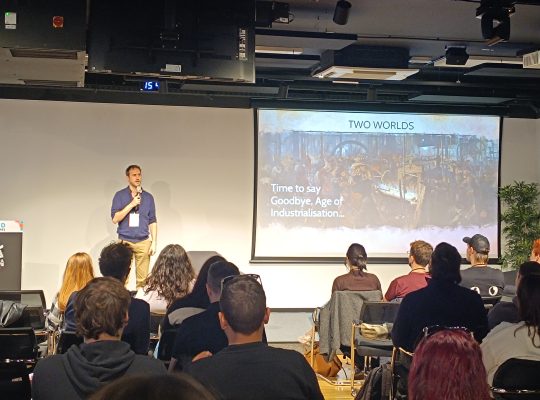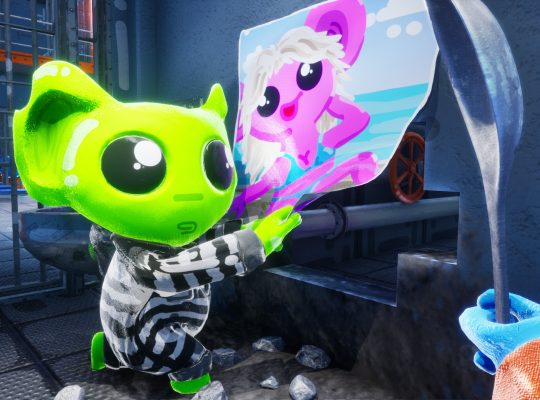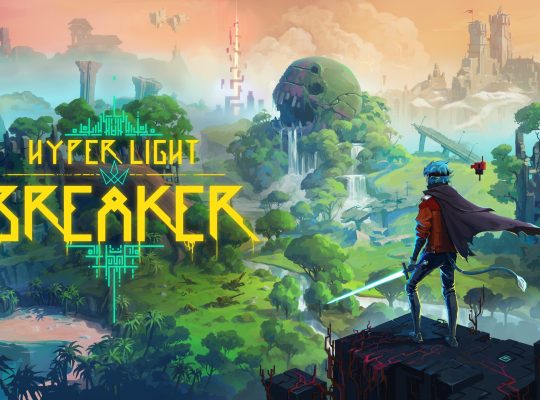Fernando Machado, former Global CMO of Burger King and Activision Blizzard, argues that the gaming industry’s massive scale and unique engagement dynamics demand a complete overhaul of traditional marketing playbooks. At the last week’s lecture during the Blend: Film & Games conference in Zagreb, he said that brands must move beyond simple advertising and prioritize creativity and authenticity by understanding the core psychological drivers of the gaming audience.
Machado emphasizes that gaming is an industry giant whose size is often underestimated by marketing professionals: “Video games today are bigger than linear TV, global film, and music put together. The level of engagement is also unprecedented. For instance, King [the studio behind Candy Crush] boasts 255 million monthly active users, a significantly higher and more active audience than major linear events like the U.S. Super Bowl.”
He also notes that “everyone plays”; the term “gamer” is misleading, as the audience is universal, simply enjoying different types of games (Minecraft for younger audiences vs. Candy Crush for older ones).
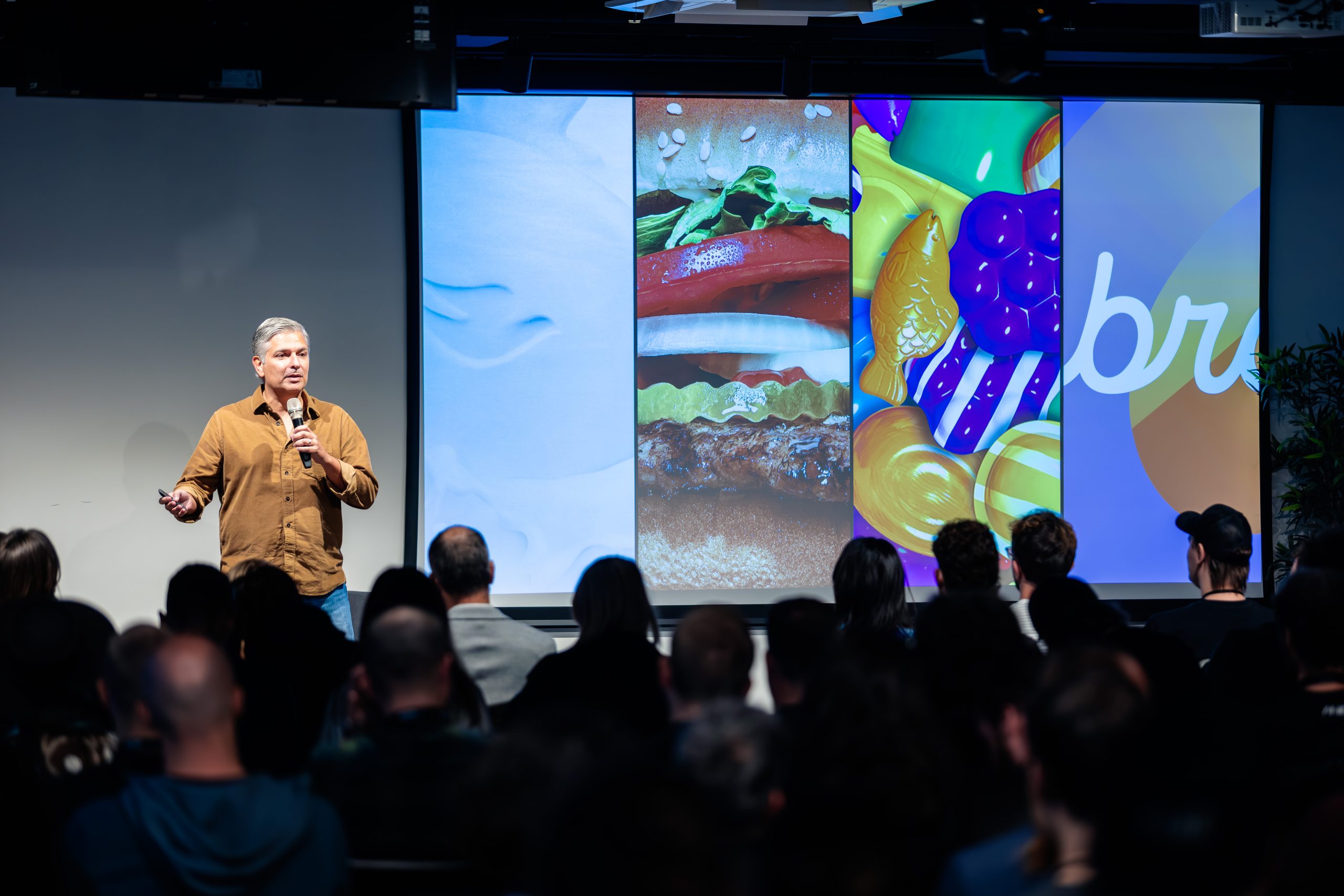
The Six Core Drivers of Gamer Psychology
Modern gaming has evolved into the new social media. The quote, “At first, we played video games because we were friends. Now we are friends because we play video games,” captures this shift. The primary reasons people play titles like Call of Duty are to spend time with friends and to meet new people. Gaming is a deeply social and collaborative platform that requires brands to integrate seamlessly, not interrupt.
Machado identifies six psychological pillars that brands must understand to effectively engage the gaming audience: Victory, Identity, Collaboration, Progression, Exploration, and Blurring the Lines.
Gaming provides short, frequent cycles of reward, giving players a constant sense of winning, unlike real life. For the launch of Vanguard, the Call of Duty team hijacked the moment of victory in Warzone by having the new character, Polina, snipe the winning player only once every 200 matches. This created an immediate social media frenzy, driving massive awareness for the new premium game.
Games define personal identity in a way few brands can match, a passion comparable to supporting a local sports team. This intense, emotional connection means players actively embrace a game’s aesthetic and culture (for example, Diablo fans). The highly social nature of modern games is engineered around collaborative dynamics, making community and teamwork central to the player experience.
The Remaining Pillars
Gaming offers a consistent “kick” when a player gains a new item or reaches a new milestone. The Call of Duty Endowment’s “Veterans 100K” campaign leveraged this by asking 8 million players to “drop your gun and go for a run” on the Warzone map. For every distance milestone reached, a donation was made, tying progression directly to a charitable cause. This unique, non-violent use of the game brought in new players, and a Twitter partnership created a social loop by automatically tweeting out players’ running progress, encouraging their friends to join.
Games allow players to experience places and emotions that don’t exist in reality. Campaigns for titles like World of Warcraft focused on showcasing the pure fun and emotional impact of exploration as an escape from the daily grind of life.
The technological realism in modern engines, like that used in Call of Duty, makes it difficult to distinguish between in-game assets and real photographs. To promote this realism without using technical jargon, the Call of Duty: Vanguard team invited real war photographers into a physical setup that mirrored the in-game environment. They used a “virtual camera” to document World War II inside the game, and the resulting photos were auctioned for charity.
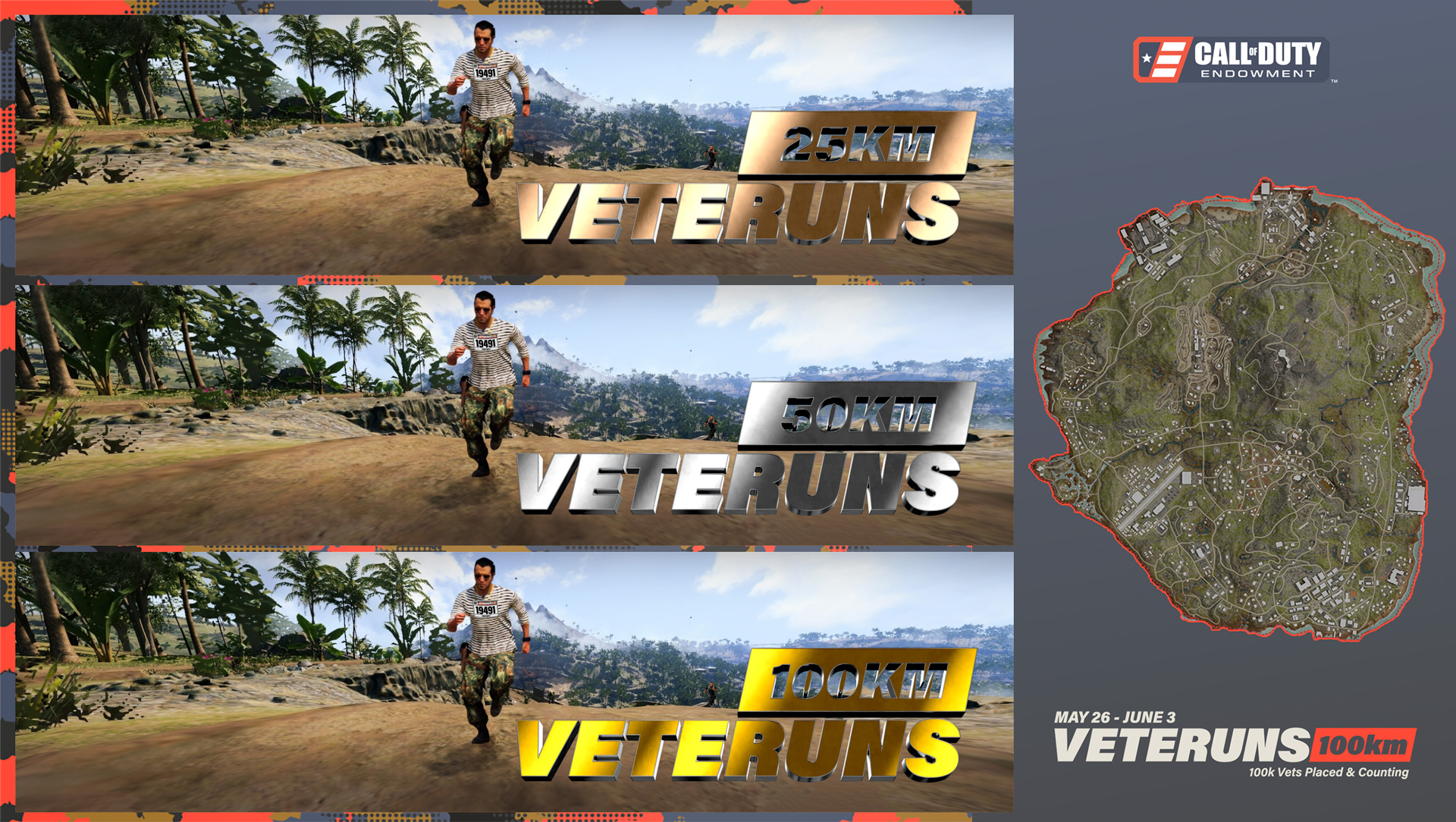
The New Advertising Paradigm
Machado warns that most brands fail in gaming by approaching it with an outdated mindset, treating the game like a simple billboard (the “radio ad” paradigm for a new channel). The correct approach is to understand what people like and why they play and to make the experience of playing better in an authentic way.
Instead of paying for an in-game ad, Burger King sponsored Stevenage FC, a real-life fourth-division team. “This forced the FIFA game to place the Burger King logo on the team’s virtual jersey. The brand then launched the Stevenage Challenge, rewarding players for achieving goals with the team. This resulted in the small club becoming the biggest team online, with players actively and willingly promoting the Burger King logo without being paid” said Machado.
When an executive suggested using a mainstream celebrity like Taylor Swift, Machado strongly rejected the idea, arguing it would be inauthentic and would alienate the hardcore fanbase. Instead, they partnered with Halsey, a singer who was a self-proclaimed, unpaid Diablo player with a song referencing the game’s villain. The team’s highly praised, surprise music performance with Halsey at the Game Awards proved that authentic, organic integration is vastly more effective than high-profile, inauthentic endorsements.




